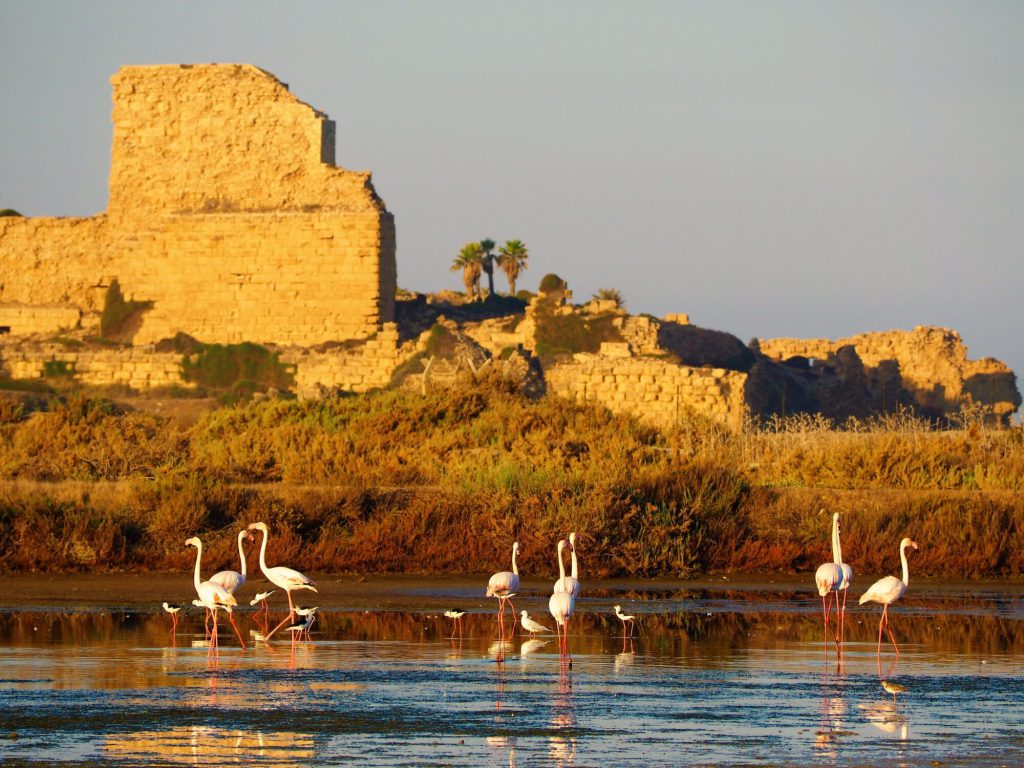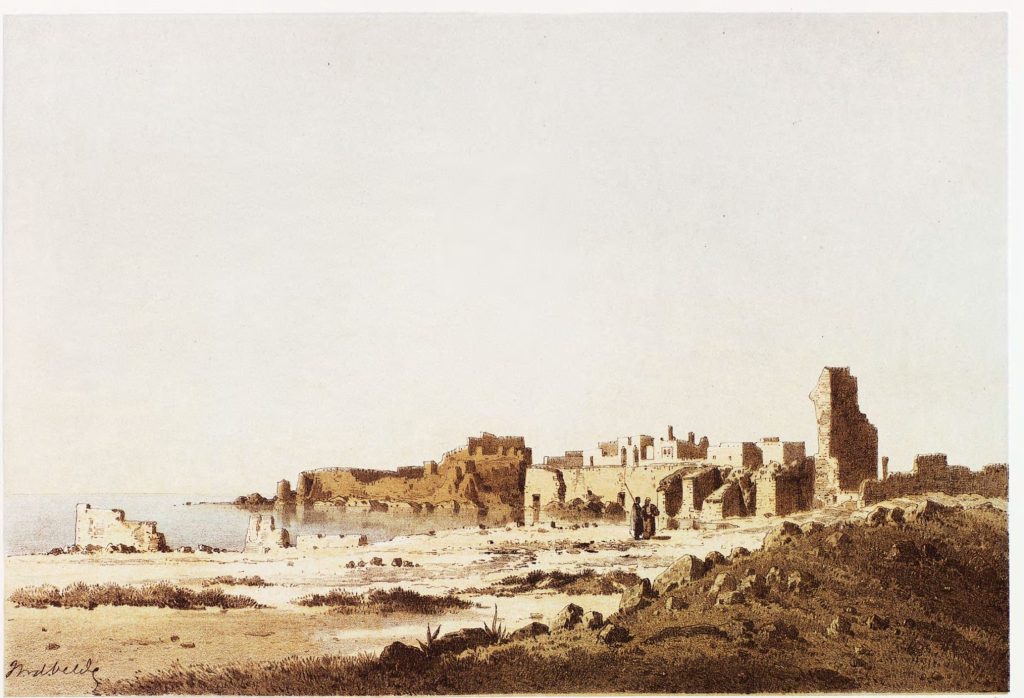Nestled along the picturesque shores of the Mediterranean Sea in Israel, the ancient Atlit Castle is a silent witness to the region’s turbulent history. This well-preserved Crusader fortress, with its imposing stone walls and commanding views, offers visitors a captivating journey back in time. In this post, we explore Atlit Castle, unearthing its historical significance and the stories within its weathered stones.
A Fortress of the Crusaders:
Atlit Castle was built during the 12th century by the Knights Templar, a prominent Christian military order that played a crucial role during the Crusades. Strategically positioned on a sea promontory, the castle was a stronghold to defend the coastline and safeguard the Holy Land.

Credit: Iliakriv, CC BY-SA 4.0, via Wikimedia Commons.
Architectural Marvels:
The castle’s architecture is a testament to the medieval military prowess of the Crusaders. So its robust stone walls, towers, and intricate defensive features showcase its engineering ingenuity and determination to secure its foothold in the region.

The Hospitallers’ Occupation:
After the decline of the Knights Templar, Atlit Castle fell into the hands of the Knights Hospitaller, another prominent Crusader order known for its commitment to caring for the sick and wounded during the Crusades.
A Site of Refuge and Captivity:
Atlit Castle has witnessed numerous battles and shifting allegiances throughout history. Furthermore, it was a site of refuge for Crusaders and a prison for captured Mamluk soldiers during the Mamluk rule in the 13th century.
Abandonment and Rediscovery:
Following the fall of the Crusader Kingdom, Atlit Castle gradually fell into disuse and was eventually abandoned. In the 19th century, it was rediscovered, and archaeological excavations have since unveiled its rich historical layers.
Atlit Castle- A Symbol of Cultural Heritage:
So Atlit Castle has been recognized for its historical and cultural significance, earning its place as a designated UNESCO World Heritage Site. It is a poignant reminder of the complex and turbulent history of the Holy Land.
A Place of Exploration and Reflection:
Today, Atlit Castle is a closed military base. So, it does not welcome visitors to explore its evocative ruins, where echoes of ancient battles and past glory still linger. From the shoreline, the site offers a chance to connect with the past, pondering the historical events that shaped the destiny of the Crusaders and the region.
Conclusion:
So Atlit Castle, with its storied past and architectural splendor, holds a prominent place in the annals of Crusader history. As visitors walk through its ancient corridors and gaze upon the vast sea beyond, they are transported back to a time of chivalry, conflict, and cultural encounters. Atlit Castle’s enduring legacy as a symbol of the Crusaders’ quest for control and dominance in the Holy Land serves as a reminder of the complex historical tapestry that defines the region.
Last, as a treasured archaeological site and a testament to human ambition and perseverance, Atlit Castle invites us to reflect on the ever-changing course of history and the profound impact of our ancestors on the world we inhabit today.







